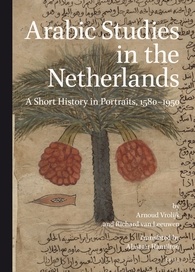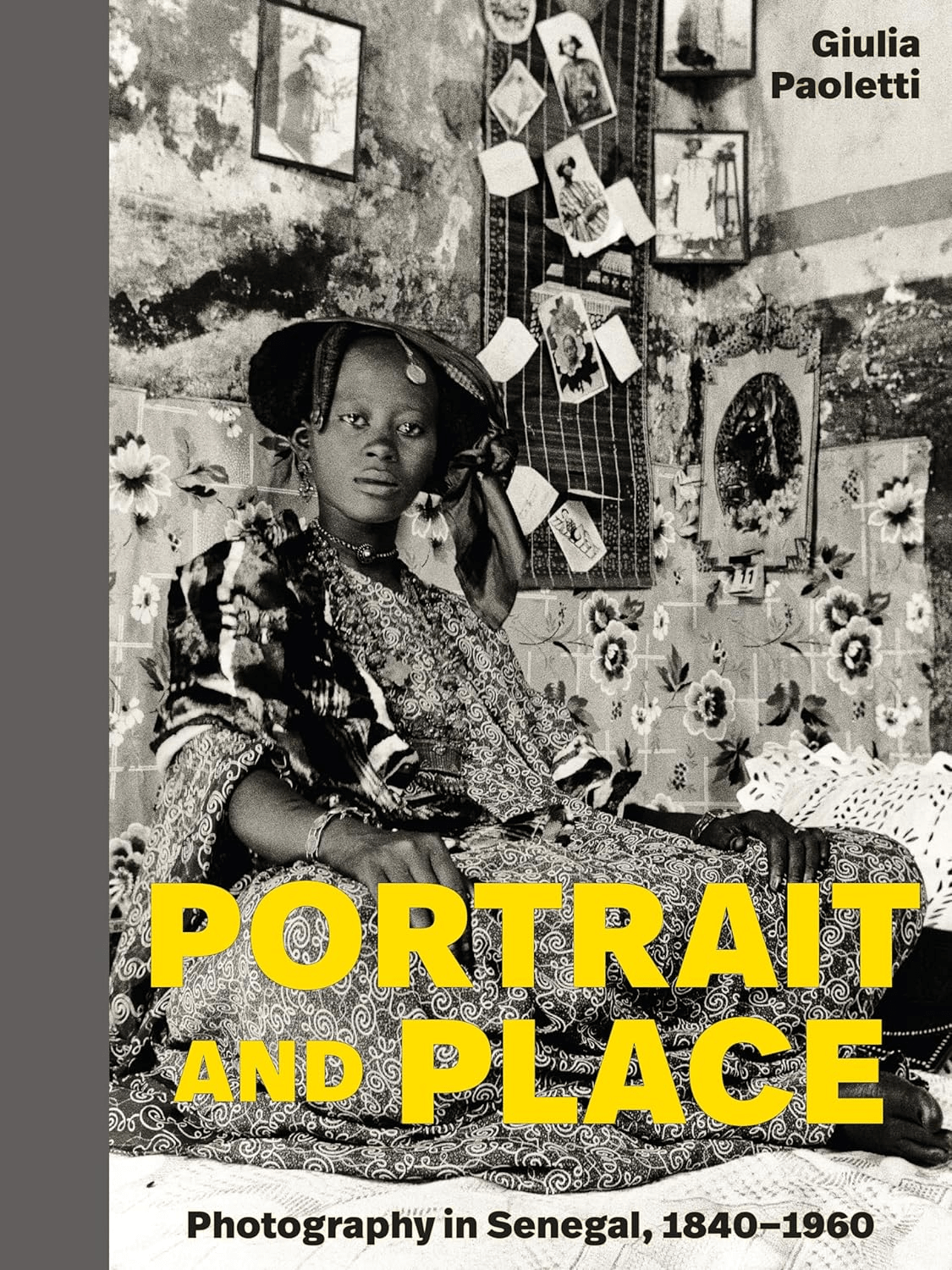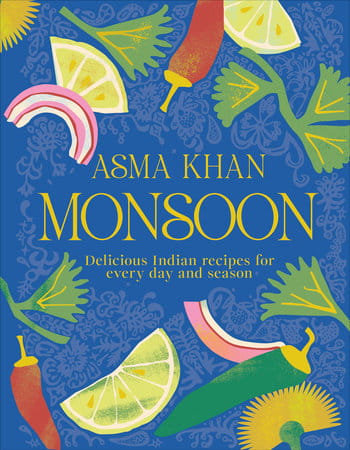
Arabic Studies in the Netherlands: A Short History in Portraits, 1580-1950
Robert W. Lebling
Arnoud Vrolijk and Richard van Leeuwen
2013, Brill, 978-9-00426-486-1, $63 hb.
This book is part of the University of Leiden’s recent celebration of 400 years of Arabic studies in the Netherlands—a wide-ranging cultural program supported in part by Saudi Aramco. Odd as it might seem, Arabic is the only living language to have been taught in Dutch universities for a period of more than four centuries. Latin was the original language of Dutch scholars; ancient Greek and Biblical Hebrew were also taught from earliest times. Dutch and other modern tongues were introduced in the early 19th century. Arabic studies were originally meant to support research into Hebrew and the Bible, but in time this scholarship became much wider ranging and was recognized as among the best in Europe. This book features a series of informative portraits of the academic luminaries in Arabic studies, from early pioneers like Franciscus Raphelengius and Josephus Justus Scaliger to Leiden’s first professor of Arabic, Thomas Erpenius, to later legends like al-Andalus scholar Reinhart Dozy, Makkah pilgrim Snouck Hurgronje, and Arent Jan Wensinck, editor-in-chief of the Encyclopedia of Islam from 1924 to 1939. The work is lavishly illustrated with museum treasures including rare Arabic manuscript pages, stunning engravings and pages from the earliest printed Arabic works.
You may also be interested in...

A Fresh Perspective on Senegal’s Photographic History
Author Giulia Paoletti’s Portrait and Place puts historical Senegalese photography in a fresh global context.
Asma Khan’s Monsoon Cookbook Reclaims Taste of Home—Our Book Review
Known for her all-female kitchen at London’s Darjeeling Express, Asma Khan transforms her new cookbook into a memoir, steeped in nostalgia.